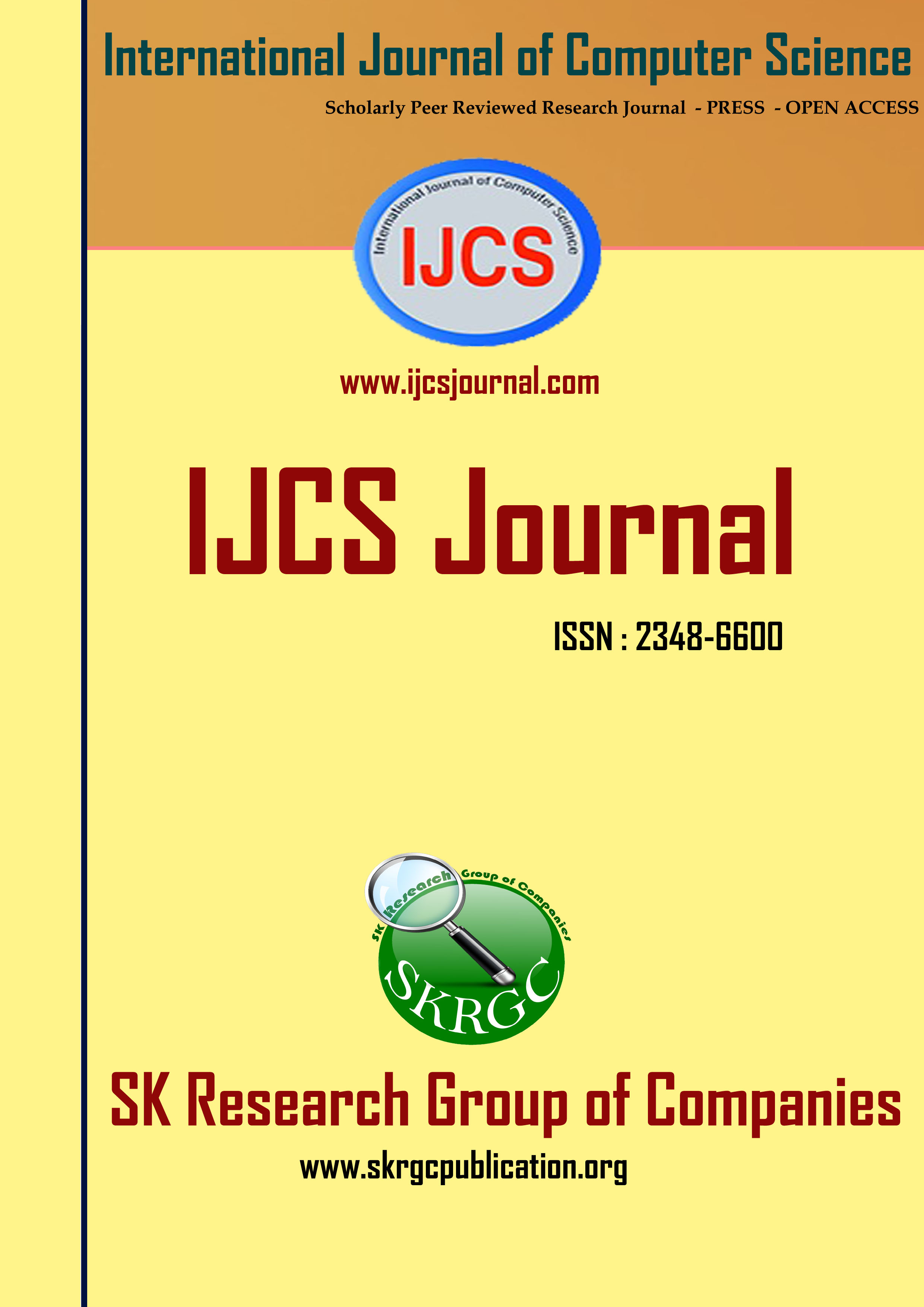Strength Behaviour and Properties of Lime Based Composite Paste
International Journal of Computer Science (IJCS) Published by SK Research Group of Companies (SKRGC)
Download this PDF format
Abstract
Concrete is the most commonly used material for construction. The worldwide production of cement has greatly increased since 1990.Production of cement results in a lot of environmental pollution as it involves the emission of CO2 gas. Supplementary cementitious materials (SCM) are finely ground solid materials that are used to replace a portion of the cement in a concrete mixture. In order to understand the behaviour of lime-based mortars, and to identify the influence of pozzolonas, it is important to investigate the microstructure and properties of lime-based pastes without any aggregates. In our work nine different sets of pastes with additions of metakaolin and brick dust were studied and compressive strength were investigated . The study revealed that metakaolin exhibits much stronger pozzolonas activity than brick dust, and that the mechanical properties of pastes are not necessarily enhanced by the addition of pozzolona.
References
[1] A. Arizzi, G. Cultrone, Aerial lime-based mortars blended with a pozzolanic additive and different admixtures: a mineralogical, textural and physical–mechanical study,Constr. Build. Mater. 31 (2012) 135–143.
[2] F. Veniale, M. Setti, C. Rodriguez-Navarro, S. Lodola, W. Palestra, A. Busetto,Thamasite as decay product of cement mortar in brick masonry of a church near Venice, Cem. Concr. Compos. 25 (2003) 1123–1129.
[3] K. Callebaut, J. Elsen, K. Van Balen,W. Viaene, Nineteenth century hydraulic restorationmortarsin the Saint Michaels Church (Leuven, Belgium). Natural hydraulic limeor cement? Cem. Concr. Res. 31 (2001) 397–403.
[4] A. Moropoulou, A. Bakolas, S. Anagnostopoulou, Composite materials in composite structures, Cem. Concr. Compos. 27 (2005) 295–300.
[5] A. Velosa, F. Rocha, R. Veiga, Influence of chemical and mineralogical composition ofmetakaolin on mortar characteristics, Acta Geodyn. Geomater. 153 (2009) 121–126.
[6] A. Sepulcre-Aguilar, F. Hernández-Olivares, Assessment of phase formation in limebasedmortars with added metakaolin, Portland cement and sepiolite, for grouting of historic masonry, Cem. Concr. Res. 40 (2010) 66–76. 29
[7] P. Maravelaki-Kalaitzaki, A. Bakolas, A. Moropoulou, Physico-chemical study of Cretanancient mortars, Cem. Concr. Res. 33 (2003) 651–661.
[8] E. Vejmelková, M. Keppert, Z. Keršner, P. Rovnaníková, R. ?erný, Mechanical, fracture-mechanical, hydric, thermal, and durability properties of lime–metakaolin plasters for renovation of historical buildings, Constr. Build. Mater. 31 (2012) 22–28.
[9] J. Lanas, J. Pérez Bernal, M. Bello, J. Alvarez Galindo, Mechanical properties of natural hydraulic lime-based mortars, Cem. Concr. Res. 34 (2004) 2191–2201.
[10] Z. Slížková, Characteristics of metakaoline modified mortars applied on historic objects,Metakaolin, Brno, 2009, pp. 146–155.
[11] I. Papayianni, The longevity of old mortars, Appl. Phys. A 83 (2006) 685–688.
[12] I. Papayianni, M. Stefanidou, Durability aspects of ancient mortars of the archeological site of Olynthos, J. Cult. Herit. 8 (2007) 193–196

